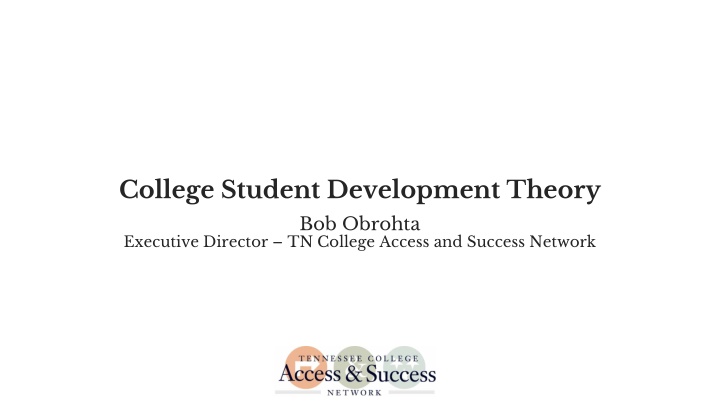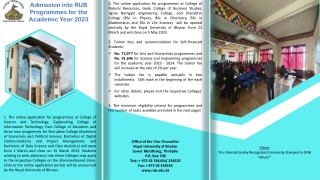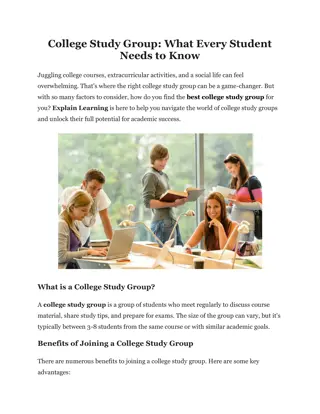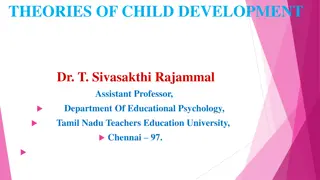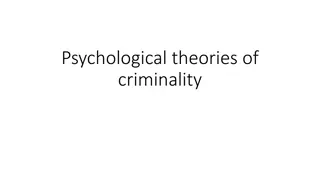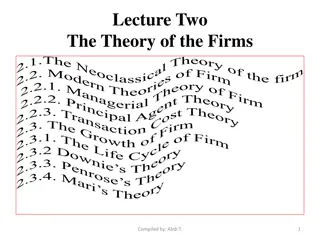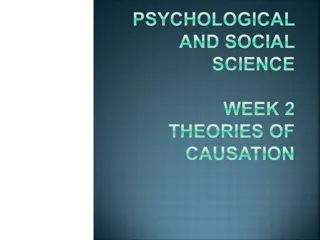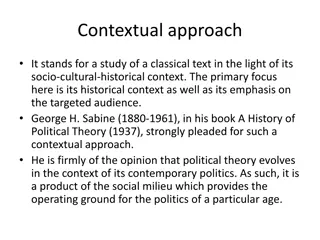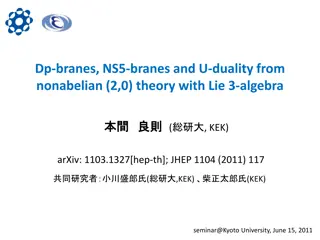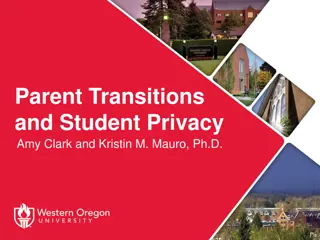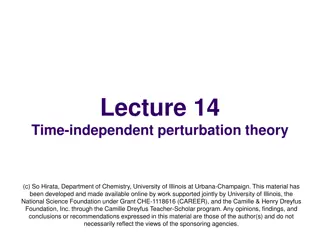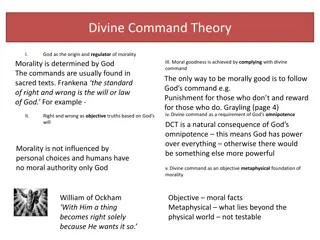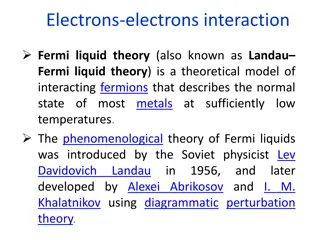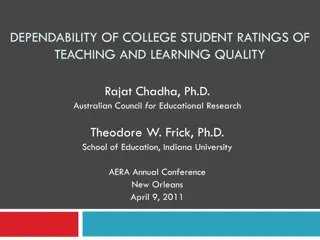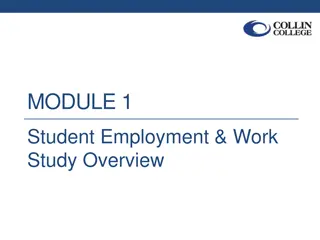College Student Development Theory
The exploration of college student development theories, human growth domains, cognitive and psychosocial development, and the works of influential theorists like Eric Erikson, William Perry, and Arthur Chickering. Discover the stages of cognitive development, vectors of identity development in college students, and the human-centered approach to development.
Uploaded on Mar 02, 2025 | 2 Views
Download Presentation

Please find below an Image/Link to download the presentation.
The content on the website is provided AS IS for your information and personal use only. It may not be sold, licensed, or shared on other websites without obtaining consent from the author.If you encounter any issues during the download, it is possible that the publisher has removed the file from their server.
You are allowed to download the files provided on this website for personal or commercial use, subject to the condition that they are used lawfully. All files are the property of their respective owners.
The content on the website is provided AS IS for your information and personal use only. It may not be sold, licensed, or shared on other websites without obtaining consent from the author.
E N D
Presentation Transcript
College Student Development Theory Bob Obrohta Executive Director TN College Access and Success Network
Human Development Domains The development of a human throughout their lifespan Psychosocial development involves emotions, personality, and social relationships. Identity sub-domain examples: Gender Identity, Racial Identity, Cultural Identity, College Student Development, Career Development Physical development involves growth and changes in the body and brain, the senses, motor skills, and health and wellness. Cognitive development involves learning, attention, memory, language, thinking, reasoning, and creativity.
The Human Development Approach Student Centered Expanding the richness of human life, rather than simply the richness of the economy in which human beings live. It is an approach that is focused on creating fair opportunities and choices for all people. William Perry: Cognitive Theory 4 Stages Intellectual and Ethical Development Arthur Chickering: Psychosocial Theory 7 Vectors of Identity Development 1. 2.
Perrys 4 Stages of Cognitive Development Dualism every problem is solvable. Things are black or white. There are right answers and learn to obey authority. 1 Multiplicity there are two types of problems: a) solvable, b) problems that the answer is not known yet. Students put trust in their inner voice. 2 Relativism all solutions to problems must have reasons and be viewed in a specific context. Every issue must be evaluated within its context. 3 Commitment acceptance of uncertainty is a part of life. Personal experiences + outside sources = conclusion. 4.)
Chickerings 7 Vectors of College Student Identity Developing competence. Learning to manage emotions. Transitioning from autonomy to inter-dependence. Developing and maintaining interpersonal relationships. Establishing a personal identity. Developing a personal purpose. Understanding the definition of integrity.
Chickering Vectors 1&2 Developing Competence Managing Emotions Understanding and Accepting emotions Social competence Expressing them in an appropriate fashion Physical competence Emotionally independent no longer needing constant affirmation, comfort, or approval Intellectual competence Using appropriate channels as opposed to exploding.
Chickering Vectors 3&4 Autonomy/Interdependence Parental/guardian - reliance/separation/reliance Interpersonal Relationships Understanding and appreciating people for who they are and their differences Seeing the big picture connections Ethnic and cultural tolerance No one is an island Developing and maintaining long-term personal relationships
Vector 5: Establishing a Personal Identity Becoming comfortable with oneself Personal appearance Sexual Identity Gender Identity Religion Social Roles Ethnicity Self-esteem Emotionally stable
Chickering Vectors 6&7 Developing Purpose Developing Integrity Values are humanized, personalized, and promoted Creating goals Doing the right thing when no one is watching Refining skills to develop niche expertise Preferred vocation Core personal values Early reliance on family and friends for advice but over time, pursues their own path. Respecting others beliefs and opinions
Intentionality Mentoring/Counseling Programmatic Design Summer Programs Creating environments where development floursishes
